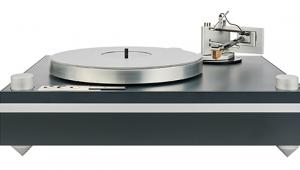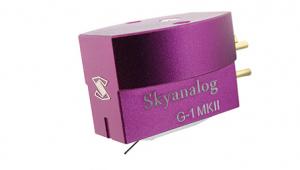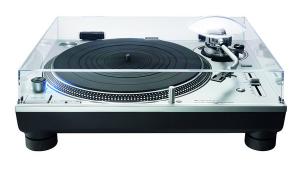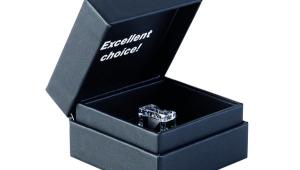Koetsu Urushi Vermillion Cartridge
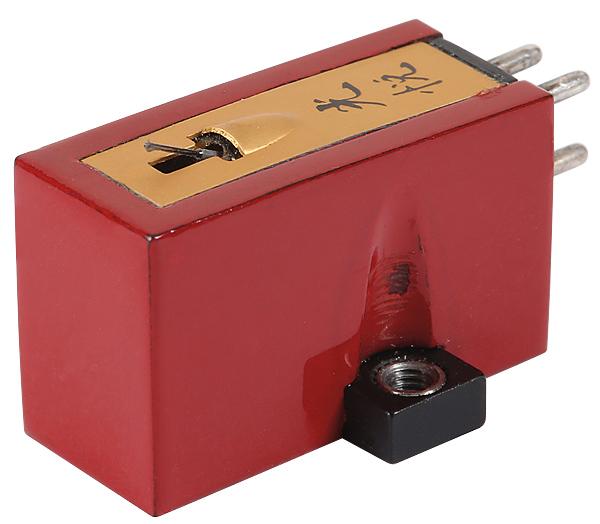
 Like a winery with one grape but a dozen variants, Koetsu's latest Urushis challenge moving-coil veterans with subtleties – will the Vermillion leave us seeing red?
Like a winery with one grape but a dozen variants, Koetsu's latest Urushis challenge moving-coil veterans with subtleties – will the Vermillion leave us seeing red?
Urushi and I? We go wa-a-y back. It was in the April 1990 issue that I reviewed my first, never having seen such gorgeous lacquer on anything, let alone an MC cartridge. As with Sonus faber rewriting speaker design language, the Urushi was 'something else'. It wasn't the first time high-end cartridges exhibited aesthetics beyond the style of a cool profile – the body of Goldbug's Mr Brier [HFN May' 86] was egg-shaped wood, and pastel-anodised metal had been around for years – but this was jewellery.
Nowadays, thanks especially to high-end pen and watch manufacturers and their obsession with the collective skills grouped under the metiers des arts banner, many people know that 'Urushi' is the name of a rare lacquer prized by maki-e artisans. It has been gracing mid-range Koetsus for three decades, coming in above the 'entry level' Classic Series, which starts at £1998.
Cure All
At £4498, the Urushi Vermillion is priced exactly the same as four of the other five Urushis, bar the £3998 Black. The six differ from each other thanks to the finish that gives each model its name; the Platinums [HFN Nov '17] at £7998 acquire their monikers according to the semi-precious stones used to make their bodies. What one realises is that, ultimately, all Koetsus regardless of the series sound different from model-to-model not just because of variations to their innards, but because of body material and/or finish.
With 18 models offered in the UK, all based on the same traditional Japanese moving-coil design principles dating back to Supexes, Koetsus present buyers with little detailed discrimination. Aside from factual stuff like output level, cartridge weight, impedance and recommended tracking force, and above all price, there's little to help. Koetsus don't come with instructions, and they don't even publish the stylus type, but I have been told 'it is an elliptical'.
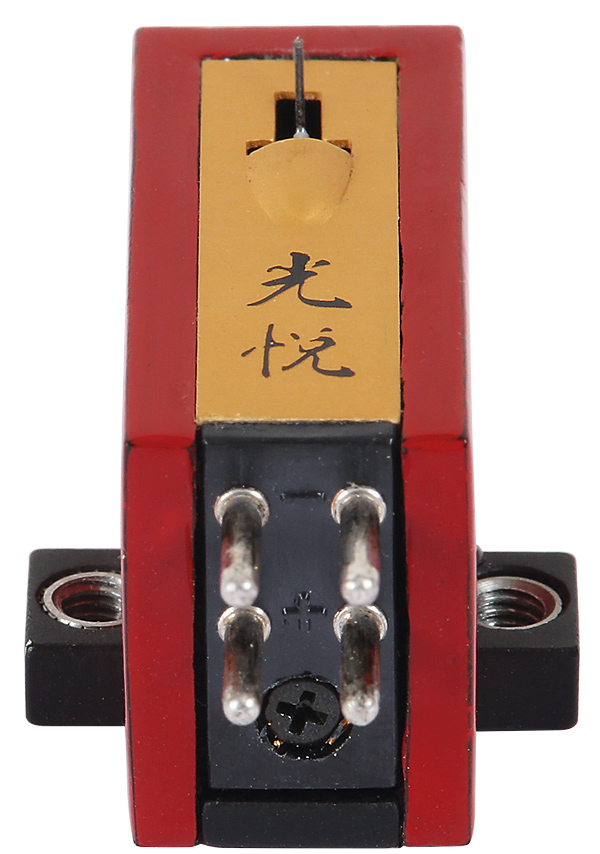
Unlike the Platinums or Classics, which vary in body materials, the Urushis differ only in the lacquers applied to the rosewood bodies that form the basis of every cartridge in the group. This natural lacquer, which comes from the sap of the indigenous Urushi tree, is applied by craftspersons, skilled in an art form dating back millennia. Its properties are unique and its role in audio was established by how the lacquer cures and then hardens around the rosewood. This metamorphosis due solely to the lacquer, according to Koetsu, changes the resonant behaviour of the wooden body.
Uniformity continues with all of the Urushis featuring silver-plated copper coils with samarium cobalt magnets, boron cantilevers, 9g bodyweights, recommended impedance ranges of 80 to 1000ohm and tracking forces of 1.8-2.0g. Then you discover the one crucial exception to all of the above and it's inside the Vermillion.
Double Act
This is the only Urushi cartridge that uses a double-coil winding of silver-and-copper – not silver-plated copper – and the coils here are made with fewer turns. Thus it has the lowest output of any Koetsu at 0.2mV, and half that of any other Urushi.
For all that the brand's lofty, nearly-mythical reputation suggests, Koetsus are remarkably unfussy and a piece-of-cake to install, save for the continued refusal for the maker to colour-code the pins. Old hands know which colours correspond to L-, L+, R- and R+, so it's no great hardship, but it couldn't hurt to code theirs. The parallel sides and flat top metal make correct positioning a breeze, though the cantilever and stylus are obscured for the installer and user except when viewed from eye-level, so overhang and VTA setting take a bit more effort, as does precision cueing.
The Vermillion's 9g weight presented no problems with any of the tonearms at my disposal, and I even got it to work in an old Thorens TD150 MkI with TP13 arm. Serious listening was reserved for my TechDAS Air Force III Premium deck [HFN Jun '19] – I set up the Vermillion at 1.9g and found it worked nicely with an EAT E-Glo phono stage at around 100ohm. However, because the EAT E-Glo affords such easy load setting, I fell into 'psycho Japanese audiophile' mode and varied the values from record label to label. To those who recall the early, amusing reports of fetishist Japanese audiophile practices and keeping separate cartridges for different labels, well, they may be on to something.
![]() Wide Boy
Wide Boy
Only one irritant emerged, that didn't apply to the higher-output Urushi Black that I had on hand by way of comparison, which was that the Vermillion is not the best-tracking Koetsu I've used. It had trouble at the innermost section of two or three LPs I played, nearly skipping in a place where the TechDAS TDC01 Ti [HFN Sep '14] sailed through. One might decide right here that this is a deal-breaker, but – as is a recurring theme with Koetsus – nothing is ever as it seems.
I must also address one paramount detail about the cartridge's overall character before delving into sonic minutiae, if only to help clear away the fog which surrounds Koetsu lore. Whatever a measurable, substantially lower output might suggest, or what the different lacquers might allegedly impart, the Vermillion is instantly recognisable as a true Koetsu. It errs on the side of warmth, excels in the midband and bass, sounds deliriously, nay, agoraphobia-inducingly 'wide-open' and has few, if any peers when it comes to humanising the reproduction of vocals. If you know the Koetsu sound, this will reassure you with its familiarity.






